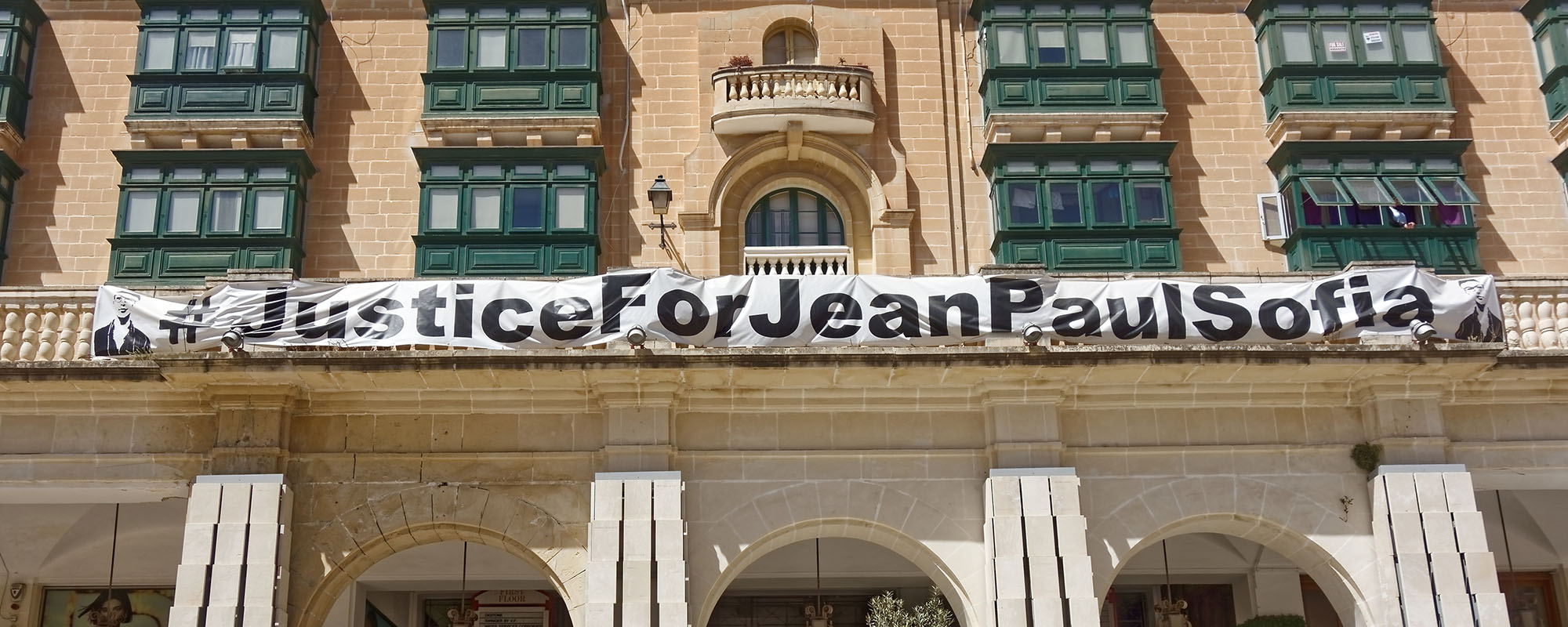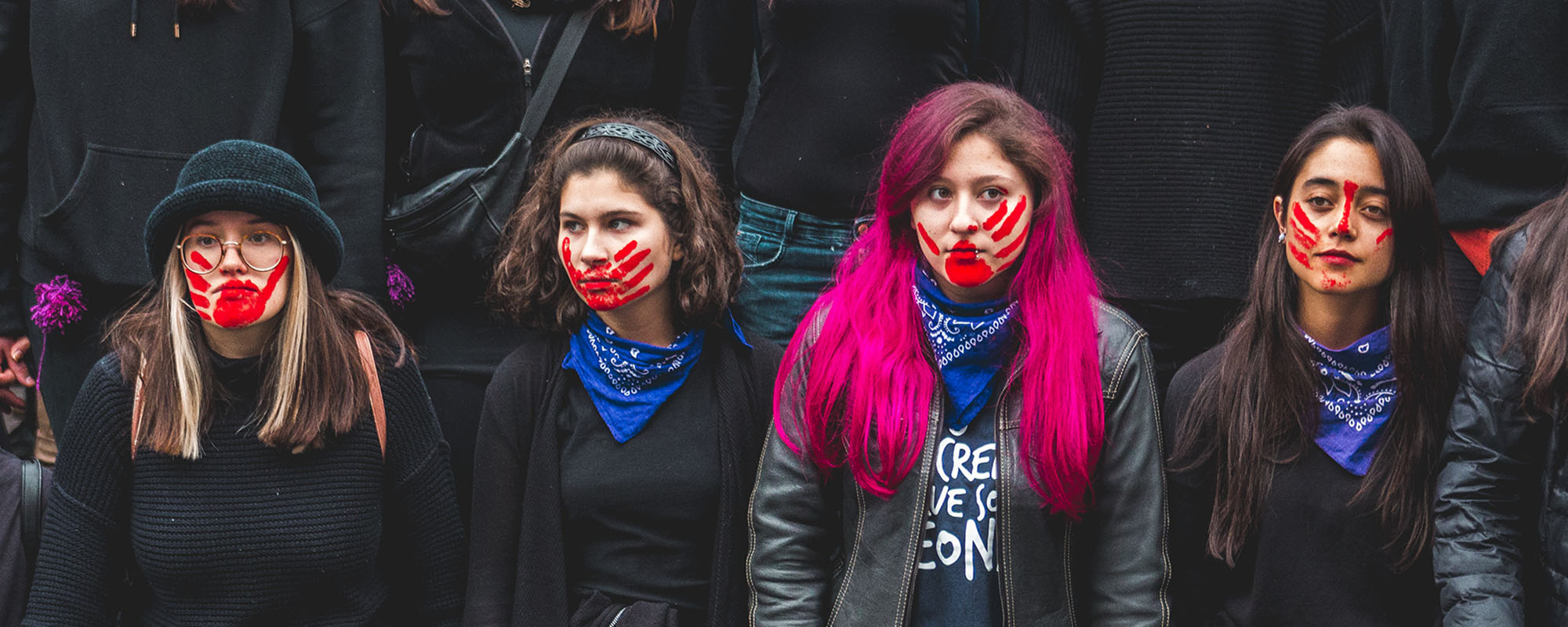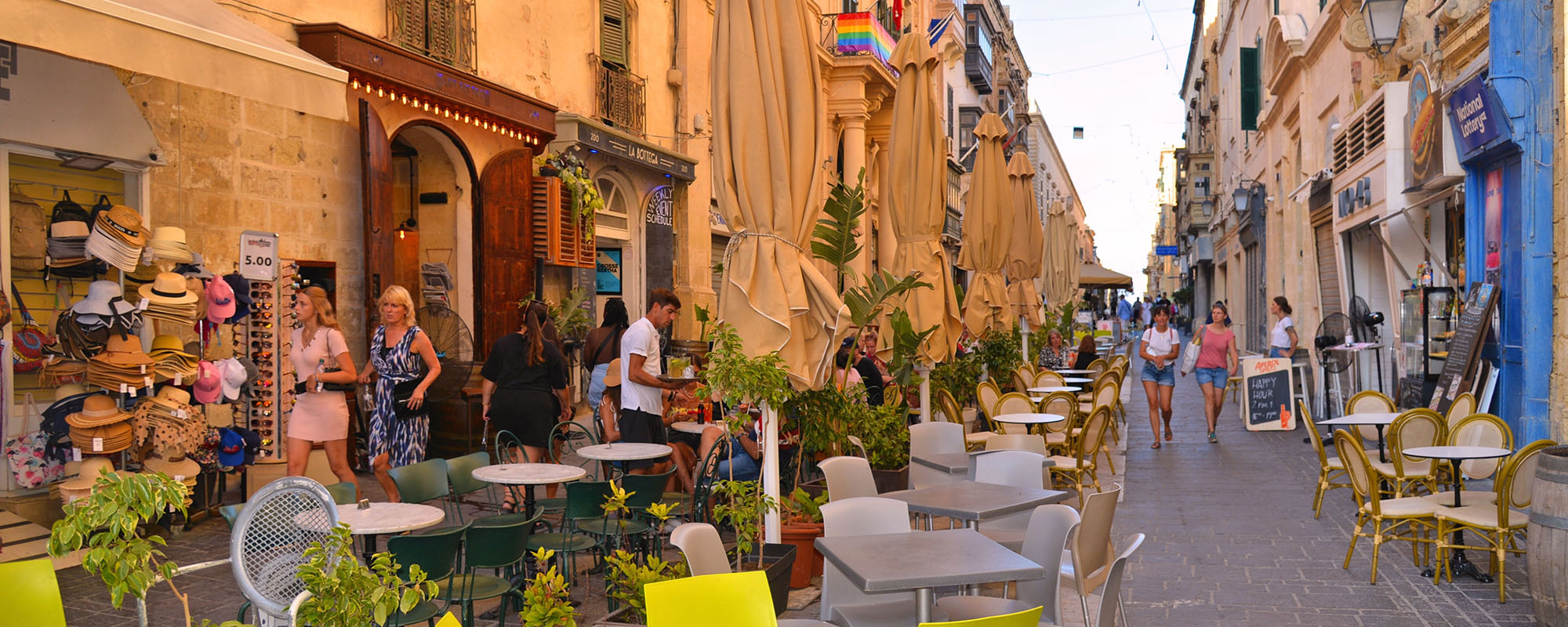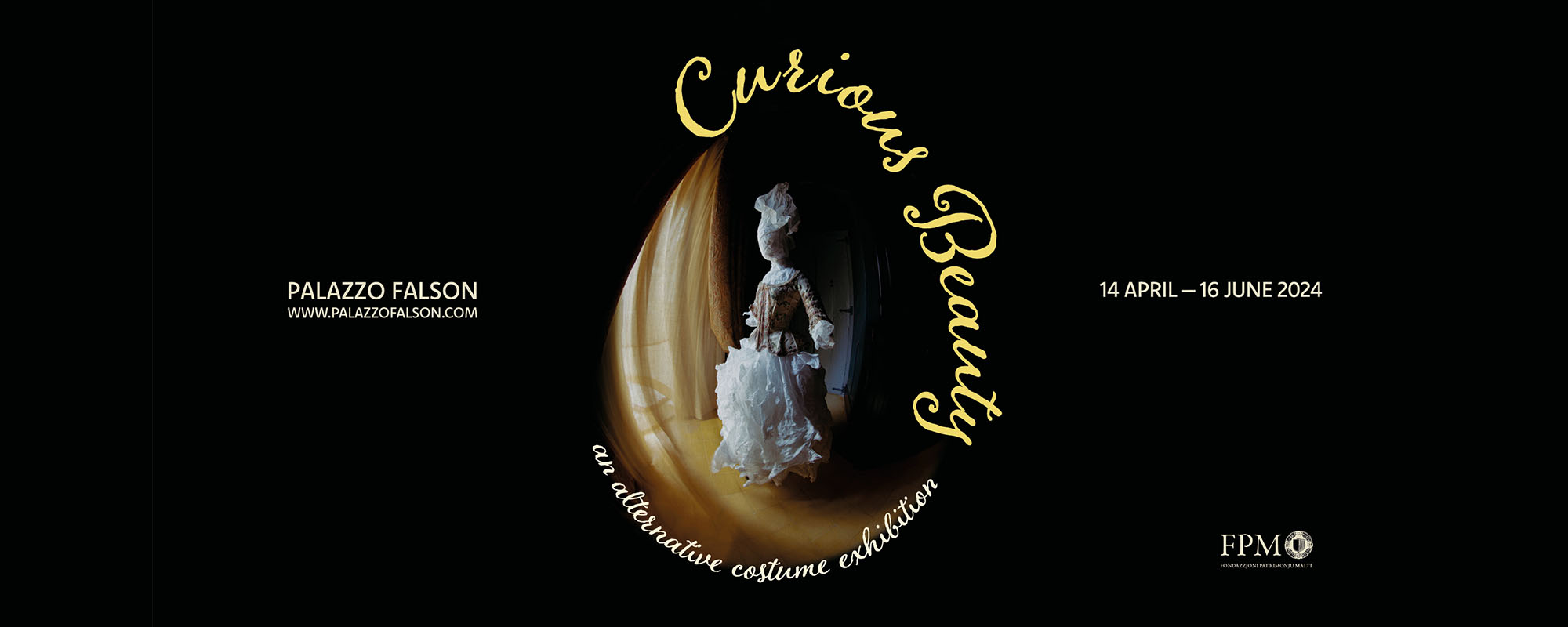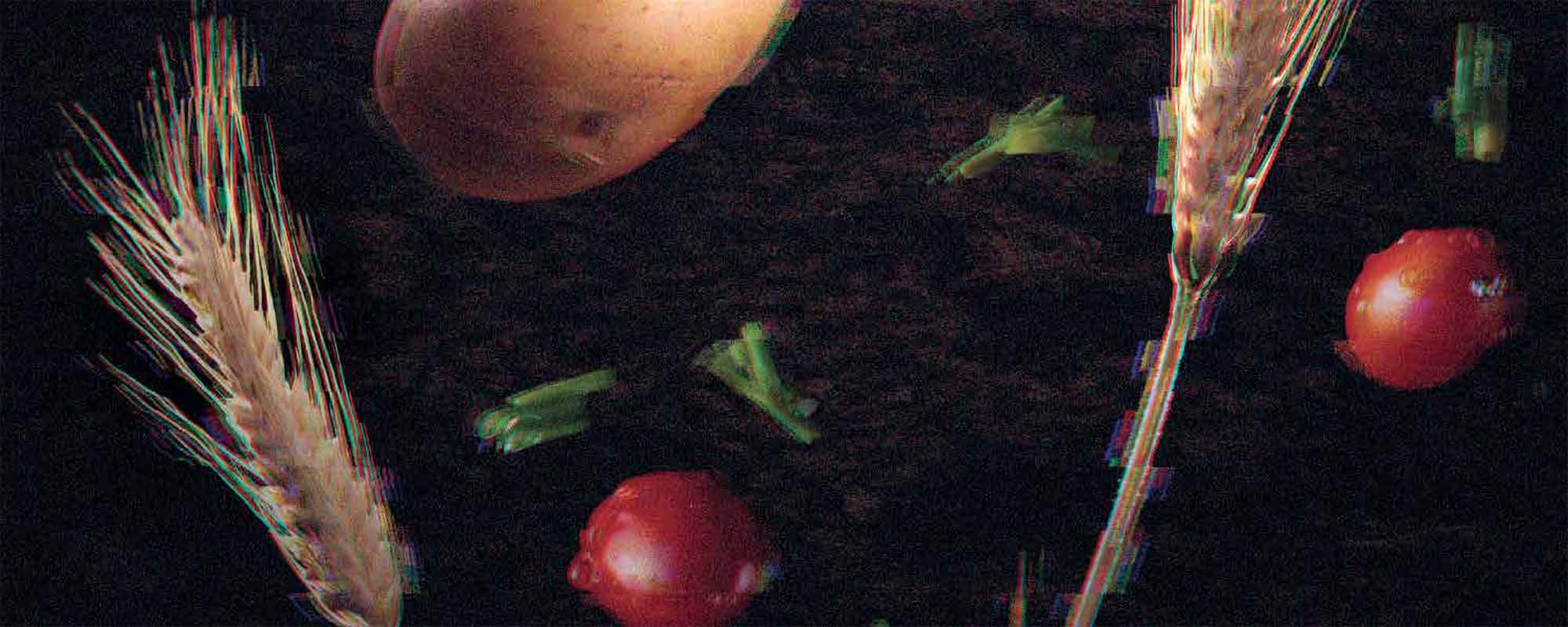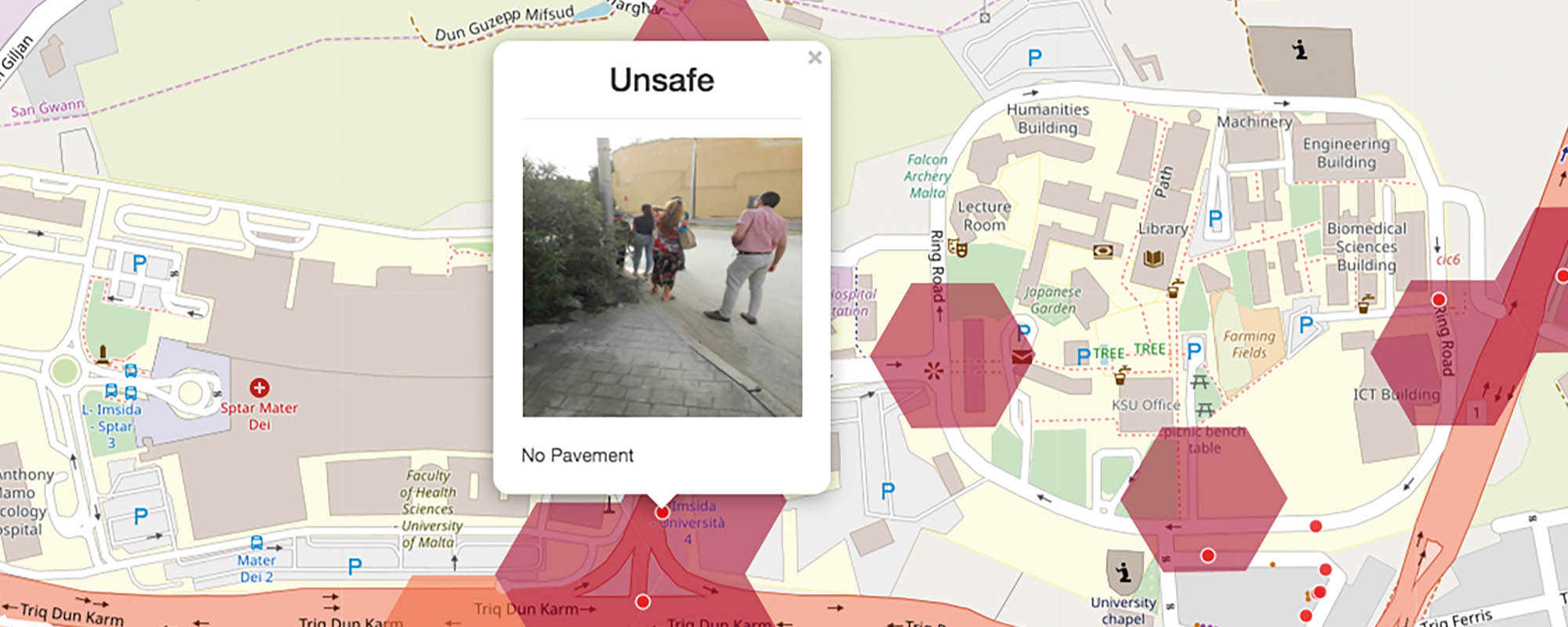Malta has the fastest-growing economy in the EU, yet simultaneously the largest number of soup kitchens. How is such an anomaly possible?
Continue readingBeyond Patriarchy: Sexuality and Womanhood in a Man’s World
We live in a world that thrives on societal norms and stereotypes. For women, the battle for sexual autonomy means challenging expectations and breaking out beyond the confines of patriarchy.
Continue readingPublic Spaces for Citizens
This year, THINK explores the concepts of space, specifically cyberspace, personal space, and natural space. However, recent events have led us to examine another type of space: public space.
Continue readingCurious Beauty: An Alternative Costume Exhibition
THINK visits Palazzo Falson in Mdina to see an exhibition on Maltese historical costume and accessories worn throughout the 18th–20th centuries!
Continue readingOn-Site Solutions: How Project ACTIVE is Disrupting the Disinfectant Industry
During the COVID-19 pandemic, the world realised the importance of surface disinfectants. Unfortunately, as global demand surged, it became clear that supply chains could not keep up. What if there was a way for end-users to create their own disinfectants?
Continue readingFood Security in Malta: Is it Possible?
It is unlikely that Malta can ever become self-sufficient when it comes to food. The next best thing for the island is to guarantee sustainable food security. THINK sits with 4 experts to see how this could be possible.
Continue readingIgnite’s ‘Ugo Sultan’
Taking a look back at the events that occurred on our islands more than a hundred years ago, ‘Ugo Sultan’ will transport you to a 1920s Malta full of notable people that shaped the history of our country. However, it wouldn’t be an Ignite production if it didn’t have its own unique twist. Though based on real events and people, ‘Ugo Sultan’ is a satirical, fictional comedy that is sure to bring a smile on our audience’s faces.
Continue reading“Blockchain Island”
Malta’s steps towards becoming the ‘Blockchain Island’ have seen some criticism lately. Dr Joshua Ellul is the chairperson of Malta’s Digital Innovation Authority and co-ordinates UM’s Masters Degree in Blockchain and Distributed Ledger Technologies, both new enterprises. Jonathan Firbank is in conversation with Dr Ellul about Malta’s efforts.
Continue readingCOVID-19 Crisis: have we done this before?
Popular wisdom warns that those who ignore history are doomed to repeat it. Will the current COVID-19 pandemic prove the adage true? Cassi Camilleri writes.
Continue readingWalking Malta: #unsafe or #vibrant?
Author: Carlos Cañas Sanz
Have you ever found yourself on a busy road framed between cacti and fast cars, because Google Maps thought it would be a good walking path for you? To avoid such situations, we need local research and solutions on Malta’s walkability issues.
Continue reading
